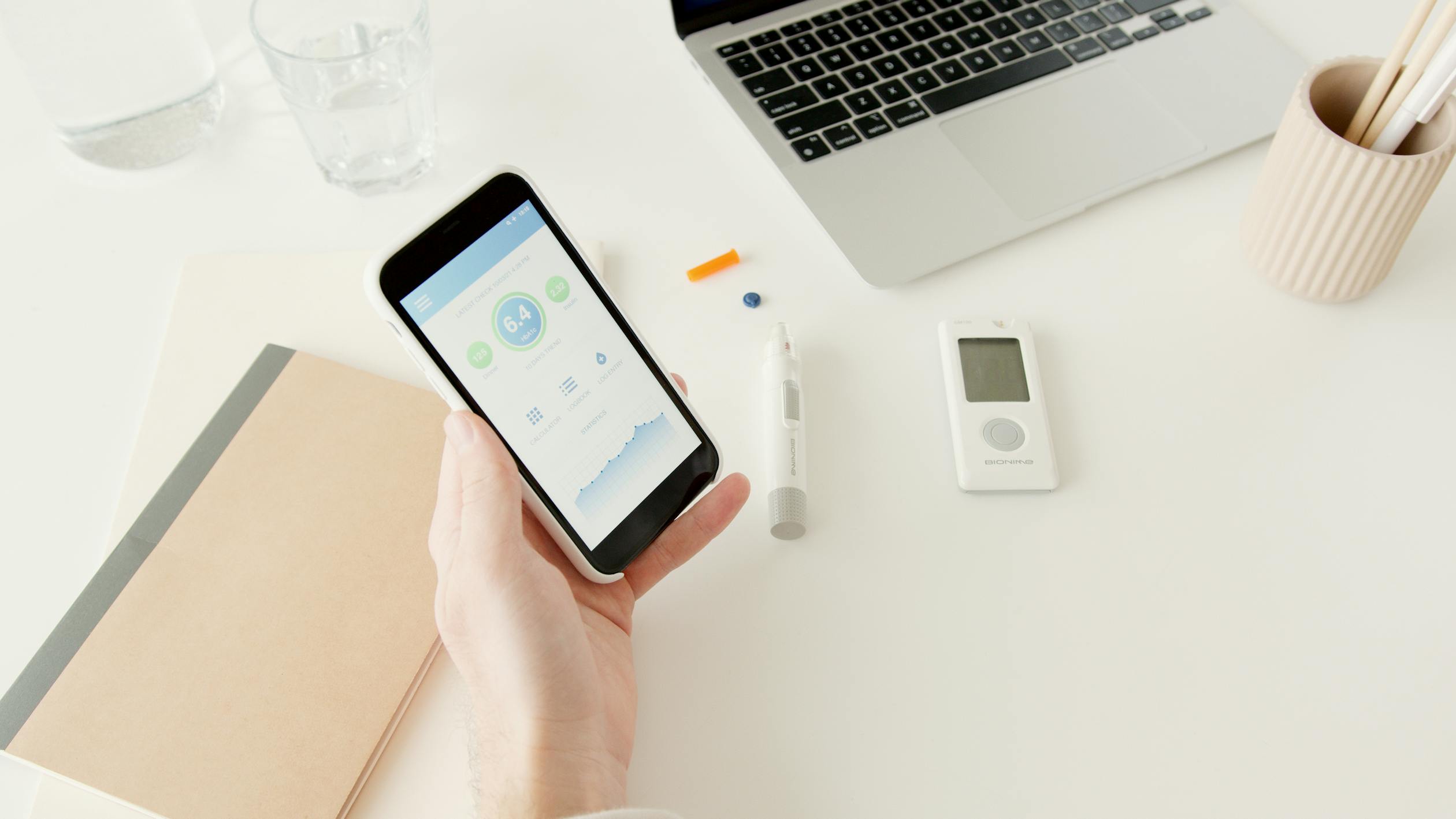
Diabetes is a chronic disease that affects millions of people worldwide. It happens when the body is unable to produce or use insulin properly, resulting in high blood glucose levels. Diabetes patients must regularly monitor their blood glucose levels and take medications or insulin injections to manage their condition. These methods, however, can be painful, inconvenient, and expensive.
Researchers, thankfully, are working on new technologies that could make diabetes care easier, more accurate, and more effective. In this blog post, we will look at three innovative technologies that are advancing diabetes science and may change the way doctors understand, diagnose, and treat type 1 and type 2 diabetes.
An islet chip is one of the technologies that could revolutionize diabetes research. An islet chip is a three-dimensional bioengineered model that mimics how the human body supports islets—groups of cells in the pancreas that contain beta cells that produce insulin. The immune system attacks and destroys these beta cells in people with type 1 diabetes.
Researchers can use the islet chip to study how immune cells interact with beta cells and to simulate aspects of the autoimmune process that occurs in type 1 diabetes. It also serves as a testing ground for novel therapies for type 1 diabetes.
“[Islet chips] will also serve as a platform for testing novel type 1 diabetes therapies, potentially saving time and money in terms of identifying the most promising therapies to test in people,” says Dr. Griffin P. Rodgers, director of the National Institute of Diabetes and Digestive and Kidney Diseases (NIDDK).
This technology is a component of the NIDDK’s Human Islet Research Network (HIRN), which seeks to better understand how beta cells are lost in type 1 diabetes and to develop strategies to protect or replace them.
A noninvasive device that can measure blood glucose levels without requiring a finger prick is another technology that could improve diabetes management. Most diabetics must prick themselves several times per day to obtain a small blood sample for measuring blood glucose levels with a glucometer.
The noninvasive device measures blood glucose levels by shining a laser onto a person’s skin and using spectroscopy (a technique that measures different aspects of matter by observing how it reacts with light).
Researchers at the Massachusetts Institute of Technology (MIT) and their collaborators at the University of Missouri School of Medicine created this device (UMSM). They hope to make it more portable and user-friendly.
“With the rapid increase of diabetes in the population, the need for an accurate and noninvasive glucose monitoring system is becoming critical,” said Dr. Behrouz Shabestari, director of the NIBIB program in Optical Imaging and Spectroscopy.
A wearable patch that uses ultrasound waves to monitor blood pressure and detect cardiovascular problems is a third technology that could benefit people with diabetes. Diabetes patients are more likely to have high blood pressure and cardiovascular problems than non-diabetics.
The ultrasound waves emitted by the wearable patch are used to monitor blood pressure by measuring the diameter of a pulsating blood vessel. The measurements are converted into information by software that can be used to detect high blood pressure, heart disease, and heart valve problems.
Researchers at the University of California, San Diego created the patch (UCSD). They are working to make it wireless and easier to use.
“I am optimistic that someday this device will be empowering to patients and improve public health care,” said Dr. Sheng Xu, the study’s senior investigator from UCSD, “but there are still barriers to get this to the bedside.”
These are only a few examples of how science and innovation are transforming diabetes care. They have the potential to reduce pain, increase convenience, improve accuracy, and improve outcomes for people with diabetes. They also open up new avenues for research, diagnosis, and treatment of this complicated condition.
Table of Contents
ToggleAbout Us
Our cloud based, lightweight API allows Veyetals to be integrated with the healthcare apps and platforms that matter to you most. The app is interoperable with other healthcare management systems including, but not limited to, SenSights.AI. Veyetals drives information sharing with other health management solutions and further enhances the continuum of patient care.
Download our FREE app here
Follow us on LinkedIn at veyetals.com for more updates
Sources:
New Technologies in Diabetes Care and Management | Blog | NIDDK Diabetes Discoveries & Practice Blog. (2022). Retrieved 27 February 2023, from https://www.niddk.nih.gov/health-information/professionals/diabetes-discoveries-practice/new-technologies-diabetes-care-management
Redefining Reality: How the Special Diabetes Program is Changing the Lives of Americans with Type 1 Diabetes. (2019). Retrieved 27 February 2023, from https://www.niddk.nih.gov/about-niddk/research-areas/diabetes/special-diabetes-program
Noninvasive device could measure blood glucose without finger prick. (2018). Retrieved 27 February 2023, from https://www.nibib.nih.gov/news-events/newsroom/noninvasive-device-could-measure-blood-glucose-without-finger-prick
Wearable ultrasound patch monitors blood pressure deep inside body. (2018). Retrieved 27 February 2023, from https://www.nibib.nih.gov/news-events/newsroom/wearable-ultrasound-patch-monitors-blood-pressure-deep-inside-body



